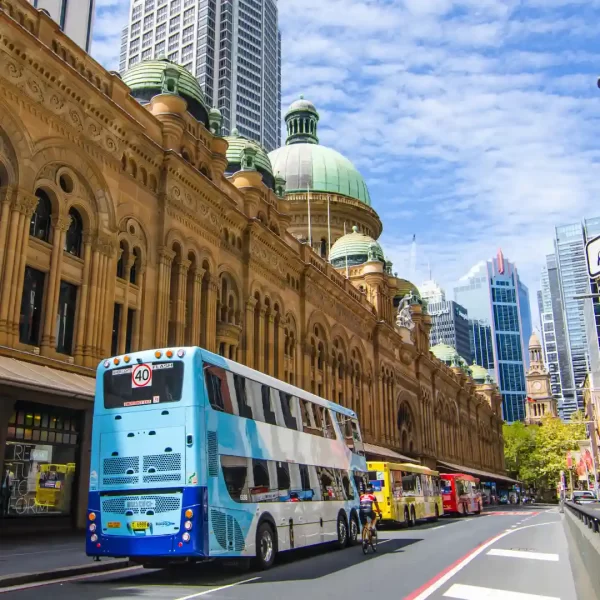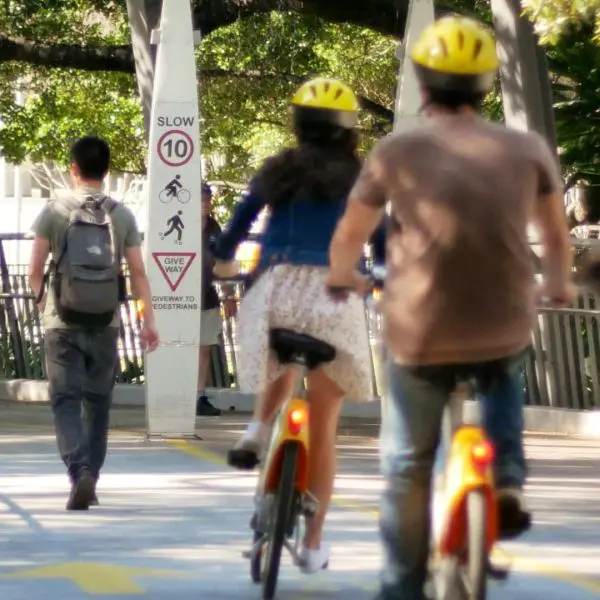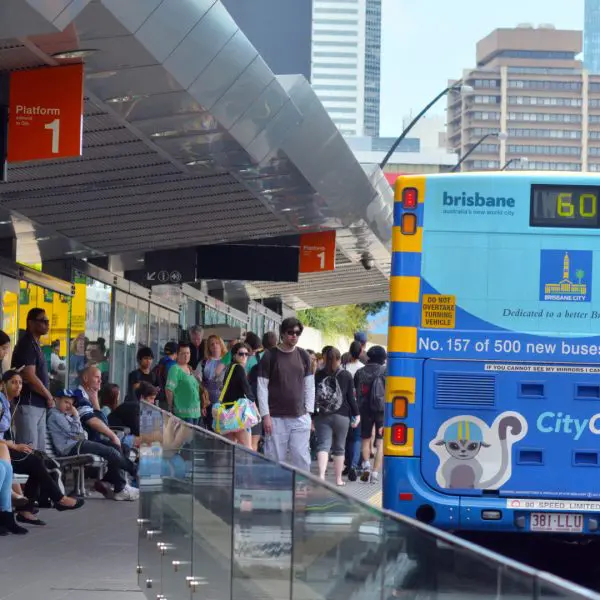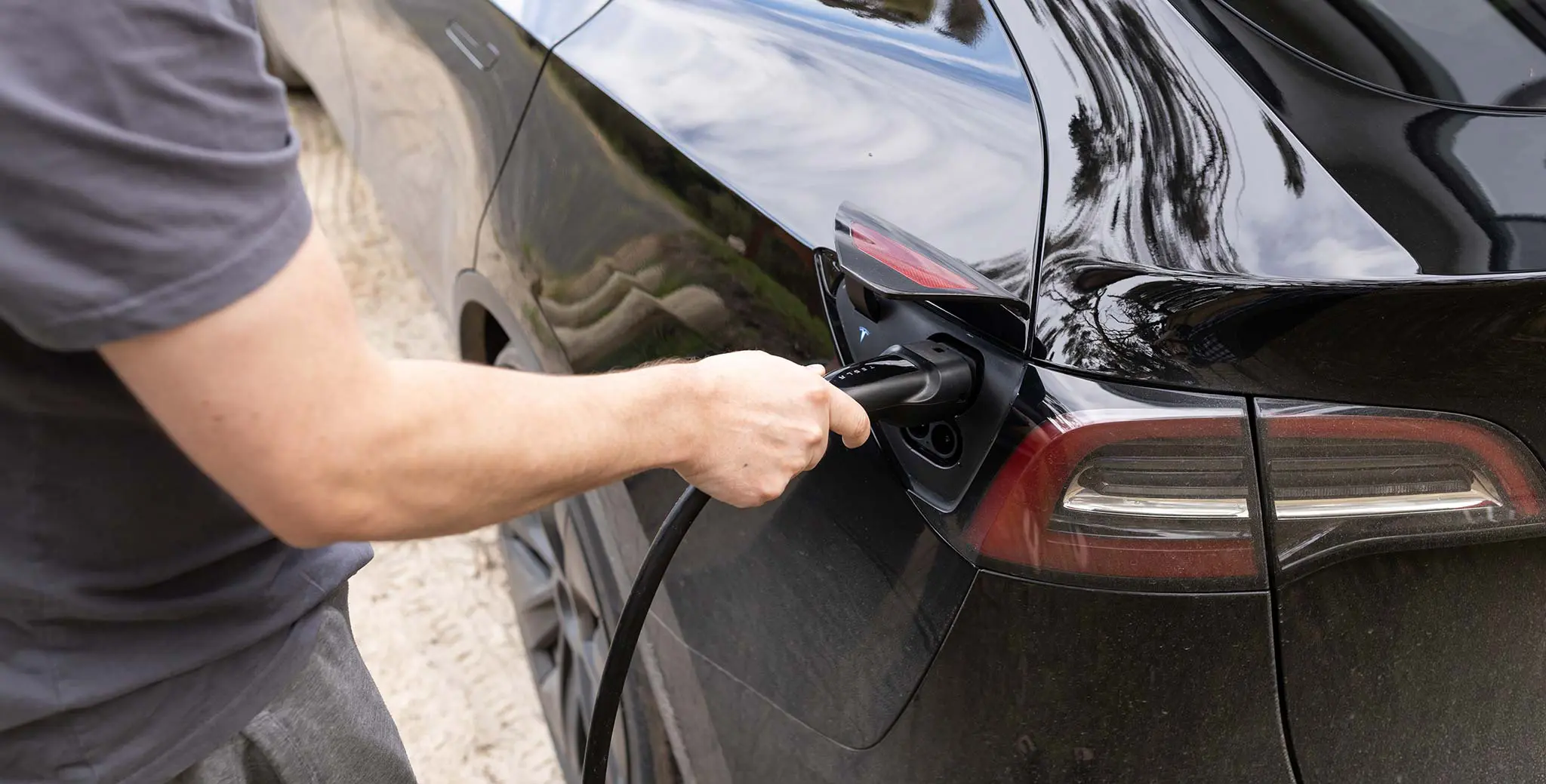
EV owners could hold the key to lowering Australia’s future energy costs
7 December 2023
Electric Vehicle (EV) batteries could help alleviate Australia’s growing energy storage problem during the country’s renewable energy transition, a newly released report from NineSquared, VLC and Endgame Economics has shown.
The report’s findings suggest that Australia’s energy storage requirements could increase more than tenfold between 2024 and 2040 – growth that the country is unprepared for in terms of infrastructure and its inherent cost.
Existing and planned rollouts of renewables like solar and wind across Australia are highly positive signs for the country’s transition to renewable energy. However, an ongoing question has been where this influx of renewable energy will be stored to enable consumption outside of generation peaks. Major investments in storage (such as large-scale batteries and pumped hydro) are expensive and require further enhancements of the network.
The report, however, found evidence that supports an alternative to investing in costly energy storage methods to meet peak (times of day) energy demands: using EV batteries for distributed battery storage.
“EV batteries offer the potential to store energy and redistribute it at peaks,” says NineSquared Director Simon Sagerer.
“This means that, by allowing their EV’s batteries to perform this function, EV owners could help Australia avoid massive energy infrastructure investments.”
In addition to identifying its potential, the report’s findings also included evidence to suggest that EV owners could facilitate this without giving up their mobility.
“Our research found that most households drive short enough distances that they could comfortably participate in an EV battery charge and discharge scheme without compromising their usual travel patterns,” says Daniel Veryard, VLC State Director (NSW & WA).
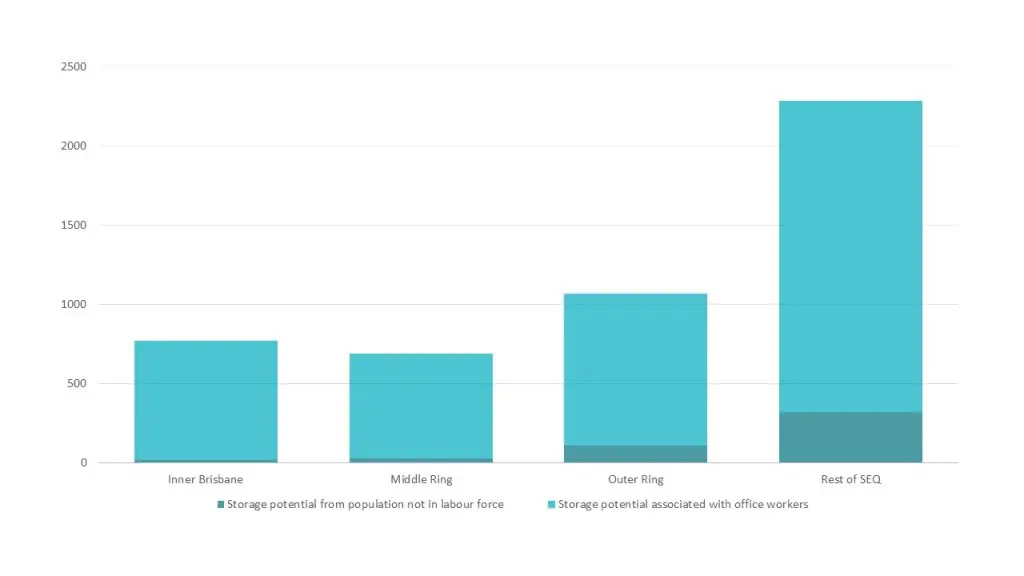
Central to the success of this potential solution is EV owner participation. According to the report, an incentivised charge/discharge scheme requires further research and strong consideration.
“If a charge/discharge scheme did go ahead, EV owners could play an active part in keeping costs significantly lower while Australia transitions to renewable sources,” says Endgame Economics Director Franklin Liu.
“And since our findings suggest that Australia’s energy storage requirements are going to reach tens of GWs by 2040, this is a problem that needs attention sooner rather than later.”
Want to learn more about Australia’s projected energy storage requirements and EV battery renting scheme? Download the report now.
